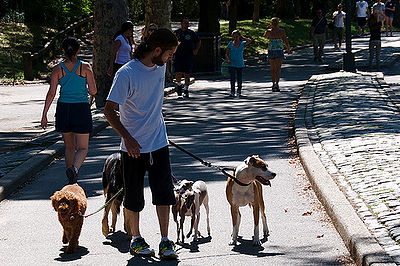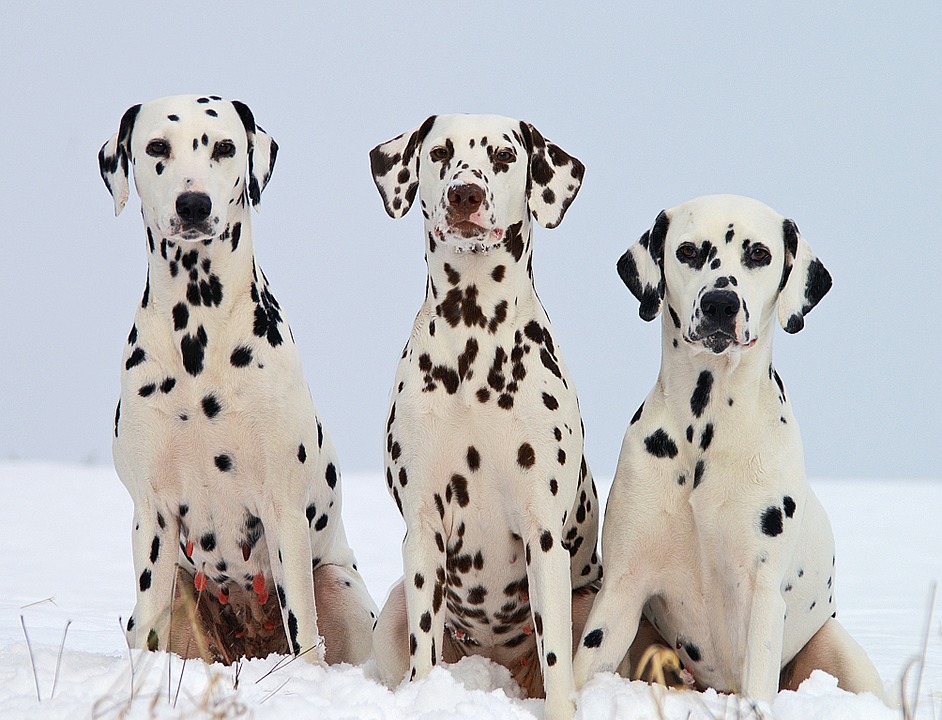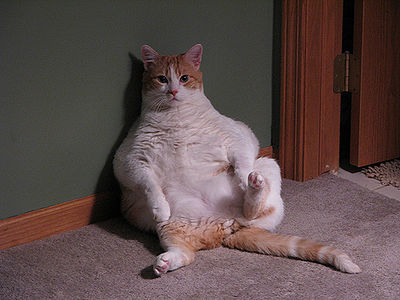
My husband Virgil and I have three retired racing greyhounds. We know something about their racing lives, and we’ve realized that there’s inspiration here for dogs in any active dog sport, like agility.
On race day, a greyhound starts out with a very small breakfast. The small meal cues the dog that it’s a race day. The dog then races with a smaller-than-usual amount of food in his or her stomach, which is safer for the dog than a full belly.
Because we are professional pet photographers, Virgil and I of course see a lot of dogs in active dog sports, like agility, flyball, and more. We don’t know what those dogs have had for breakfast, but we do see some things throughout the day that we want to comment on.
I’m sure that nearly every exhibitor in an agility competition is careful about the dog’s diet. Chances are that person has made conscious decisions about the formulation of dog food. The food must provide a certain percentage of protein, fat, fiber, and so on. The person is also choosing a certain food for its protein source, as well as its mix of other nutrients.
In addition, just about every dog in an agility or dock-diving competition gets treats throughout the day. But let’s look at those treats. Do they complement the regular diet?
Many people give high-protein treats, such as liver, chicken, hot dogs, and cheese. How does that fit with the balance of the dog’s usual diet? In just about every case, the treats we see being used are basically going to defeat the balance of the dog’s regular diet. Many foods used as treats, such as hotdogs and cheese, contain far more fat than the dog needs. They are also likely to contain a great deal more salt than the dog should have. We often see a small dog like a Yorkie or a Pap given piece after piece of cheese throughout a day. That is a huge load of fat and salt for any size dog, and especially for a small dog. Excessive fat and salt is just as bad for a dog as it is for a person.
Then there are lots of commercially available treats. Without naming products, I’m sure you know what I’m referring to here: the treats that look like little bones, the ones that look like bacon, the ones that look like sausages, and so on. Take a look at the ingredients on those bags. Do they contain the same high-quality ingredients and balanced nutrition you want for you dog?
Most likely, they are empty calories at best. Yes, your dog may like them–and probably loves cheese and hotdogs–but those kinds of treats disrupt the dog’s system. Why would you want to disrupt the dog’s digestion on a day when the dog is under an unusual load of stress and activity?
Here is a much better idea: Use a treat that complements the dog’s usual diet. A treat with the high-quality ingredients you want to give, as well as the right balance of protein, fat, fiber, and more.
If you start the dog’s competition day with a smaller, balanced breakfast and then follow throughout the day with a balanced, healthy treat, how much better that has to be for your dog!
Where do you find just that kind of treat? There may be multiple choices on the market, but I have a product to recommend. It’s called Tasty Rewards. It has the same nutritional profile as the dry dogfood we also represent. It’s holistic, and free of chemical preservatives and artificial coloring. This treat has a jerky-like texture, and it’s easy to tear the pieces into smaller bits. It comes in a sturdy zipper bag that’s handy for carrying around. For more information on Tasty Rewards, please see [1].
If you have any questions, please ask [email protected] or [email protected]. Or visit our website, [2].
Related articles:



